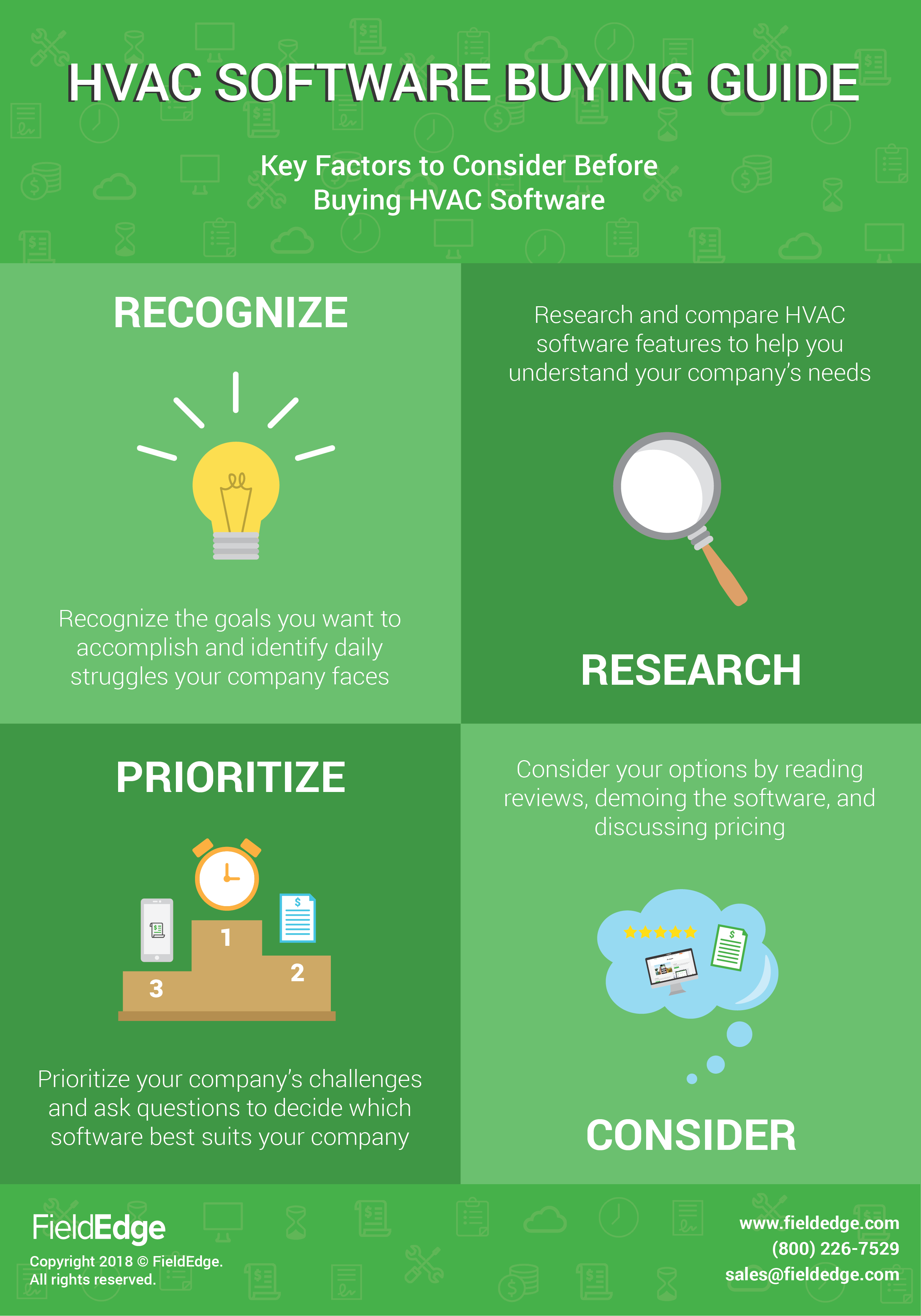Maximizing Comfort And Cost Savings - Tips For Optimizing Your Heat Pump Efficiency
Maximizing Comfort And Cost Savings - Tips For Optimizing Your Heat Pump Efficiency
Blog Article
Short Article Produced By-Bang Daniels
Whether you have a heat pump or have an existing central heating boiler back up, there are a few things that can be done to enhance your system for effective operation. By complying with these ideas, you can take full advantage of convenience and cost savings without straining your system or racking up power costs.
Adjusting your thermostat for performance is one of the initial steps. Utilizing zoning capabilities to limit heating of vacant areas is another reliable method.
1. Set Your Thermostat to the Right Temperature
As the periods alter, stabilizing comfort and expense efficiency can be a challenge. The good news is, a few simple suggestions can assist you minimize power consumption and make best use of savings.
Start by identifying the very best temperature level for your family, then establish your thermostat as necessary. Prevent making big raise and down in the temperature level setting, as this will cause your heatpump to cycle on and off extra frequently, using up extra energy.
Instead, progressively reduced the temperature level in the evening for a much more comfy sleeping setting. After that, raise it a little in the morning. Remember to maintain air vents open and routed downward when heating, and up when cooling down to enhance circulation.
2. Inspect Your Device Frequently
A heatpump system needs very little maintenance, yet it is very important to evaluate the device routinely to catch any kind of issues before they end up being severe. Tidy interior filters on a timetable established by the producer or when they're noticeably dirty, and make sure outside units contend least 2 feet of clearance to enable airflow.
Evaluating the system will also include cleaning, tightening up electrical terminals, and running performance examinations to ensure precision throughout home heating and cooling down settings. It's suggested to have a specialist service the heatpump two times a year. Doing these regular solutions can maximize energy savings and extend the life of the system.
3. Clear Snow and Ice Around the System
Heat pumps are made to run outdoors and need to be devoid of snow and ice in order to distribute air. If your heatpump is obstructed by snow and can't pull in air, it will certainly toggle in between heating and cooling and might strain.
It is essential to remove a two-foot clearance around your outside system in order to improve air flow and protect against ice build-up. Heatpump commonly go into a defrost setting in the winter months to thaw ice and snow however this procedure can be troublesome if your device is blocked by excessive snow. This will certainly minimize your power effectiveness and lead to expensive repair work costs in the future.
4. Inspect the Cooling Agent Degrees
A heat pump utilizes refrigerant to cool your home in summer and warm it in winter months. You can help optimize its performance by consistently checking the refrigerant degrees.
It takes more energy to change the temperature of your heat pump from a comfy setting to a colder one than it does to maintain that temperature. Transforming the temperature for brief amount of times can also lose energy.
Leaking air ducts and filthy air filters can lead to uneven temperature levels. They can likewise make your heatpump less efficient and cost more to operate. A professional can situate and fix these problems to boost your heat pump's performance.
5. Maximize Your Zoning Capabilities
Using the zoning capacities of a heat pump can aid to decrease energy waste by heating only occupied rooms. This not only minimizes energy intake but likewise minimizes operating expense and prolongs the life of the system.
The Build Well balanced Areas tool makes use of a genetic algorithm to build areas that satisfy required zone building requirements. These criteria consist of equal location, density, and equivalent variety of features.
Additionally, by making use of clever thermostat innovation to enhance the temperature setups based upon tenancy patterns and organizing, you can even more boost your heatpump's efficiency. Maintaining a tidy air filter, making certain appropriate insulation and having your ductwork evaluated for effectiveness can all contribute to improved energy savings as well.
6. Shielding the Outdoor Device
Home owners usually ask whether it's worthwhile to plant shade trees near their exterior air conditioner (AIR CONDITIONER) device. The solution is generally of course, as shading the air conditioning device can help in reducing heat from the sun, which in turn helps it cool down a lot more effectively.
Nevertheless, it is very important to keep in mind that shading the air conditioning device doesn't necessarily reduce energy consumption. As described in the Discussion area of the FSEC report, the temperature of the surrounding air has a bigger impact on cooling effectiveness than does the volume of air pulled in by the air conditioning system.
If your a/c compressor is on the south side of your home, think about planting high, deciduous trees with vast, vast canopies. https://blog.thomasnet.com/hvac-marketing-basics-how-to-grow-your-hvac-business can supply appropriate color within one year.